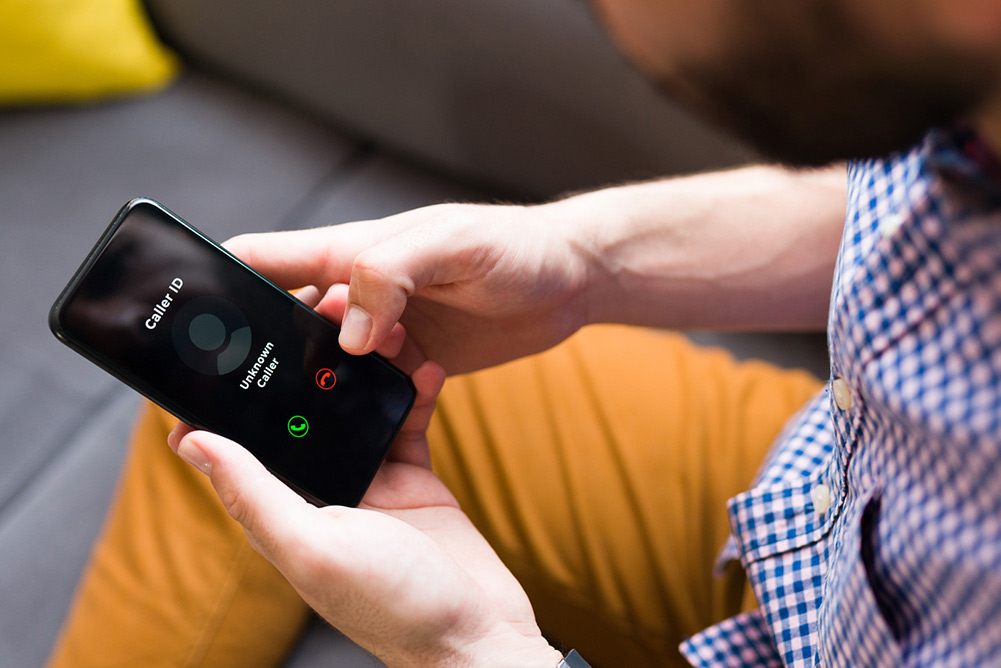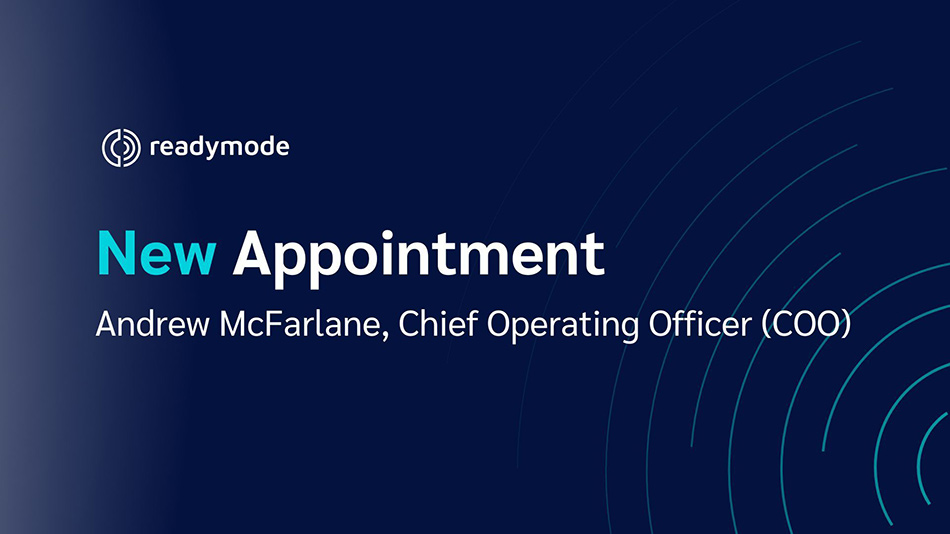It is no secret that America’s direct marketing laws vary widely based on how you contact consumers. Email and physical mailing restrictions are relatively easy to comply with, and any mistakes are usually corrected outside of court.
But contacting people by phone is more regulated—here, Americans have significant privacy rights (which they routinely give away for free to their social media accounts).
And they have the right to sue for a variety of telemarketing claims for which they can recover anywhere from $500 to $1,500 per call or text, regardless of whether they suffered any actual damages. This is where the Reassigned Numbers Database (RND) comes in.
Why the Reassigned Numbers Database Was Created
Many types of phone calls require the called party’s consent, and that form of consent has been the subject of increasingly more nuanced requirements from the Federal Communications Commission (FCC). We’ve covered these topics in other blogs, including express consent requirements and the one-to-one consent rule (struck down on January 24, 2025).
But even after you’ve satisfied those rules by getting the right form of consent from your contacts, a new issue emerges: what happens if Jim, who gave you consent to call him at phone number 123-555-1212, loses his phone number (voluntarily or otherwise) and his carrier reassigns that phone number to Jenny?
You don’t know Jenny, and she didn’t consent to getting your calls. Most courts have rejected the idea of a “good faith” defense to TCPA claims in these situations. You can either prove you have Jenny’s consent, or you’re liable under the Telephone Consumer Protect Act (TCPA) for any unlawful calls you make to her, never mind what Jim consented to.
That mail you get that’s addressed to someone from three owners ago is liquid gold to TCPA plaintiffs. There’s the stick: you need to keep your consents fresh. Here’s the carrot: the FCC’s Reassigned Numbers Database.
What is the Reassigned Numbers Database?
Recognizing the problem, the FCC tried to create a solution. The Reassigned Numbers Database is designed to help businesses avoid calling phone numbers that have been reassigned to new people, preventing potential TCPA violations.
Now, if you subscribe to the FCC’s Reassigned Numbers Database and query a number you’re about to call, and the database reports that the number has not been reassigned, you are entitled to a “safe harbor” from TCPA claims because you did the only thing you could practically do to comply with the TCPA. (And, of course, the opposite is true: if it reports a “yes”—that the number has been recently reassigned—you suppress that call.)
To help ensure the utility of the database, carriers are required to submit their reassigned number data on a timely basis. Callers or their agents can access the database through the RND website. Tier-based pricing information for the database is available on the FCC website.
The Bottom Line
With so many calling regulations in place, maintaining updated consent is crucial for avoiding costly TCPA violations. The FCC’s Reassigned Numbers Database offers a practical solution, providing businesses with the ability to verify whether a number has been reassigned before making contact.
By using this tool, companies can protect themselves from legal risks while respecting consumer privacy. Staying compliant doesn’t just prevent penalties—it also builds trust with your audience.
Visit Readymode’s compliance center to learn more about call center compliance.
This article is intended for informational purposes only and is not legal advice. Please consult with a qualified attorney for your specific compliance needs.
Joe Bowser
Joe Bowser is a partner at Roth Jackson. He has been practicing communications and marketing law for two decades. He advises and defends calling and SMS platform providers (like Readymode), carriers/VoIP providers, and heavy users of those services in their wide range of compliance needs. In his spare time, you can find him taking his boys to their sports, getting in a workout of his own, or catching an Arsenal match.







